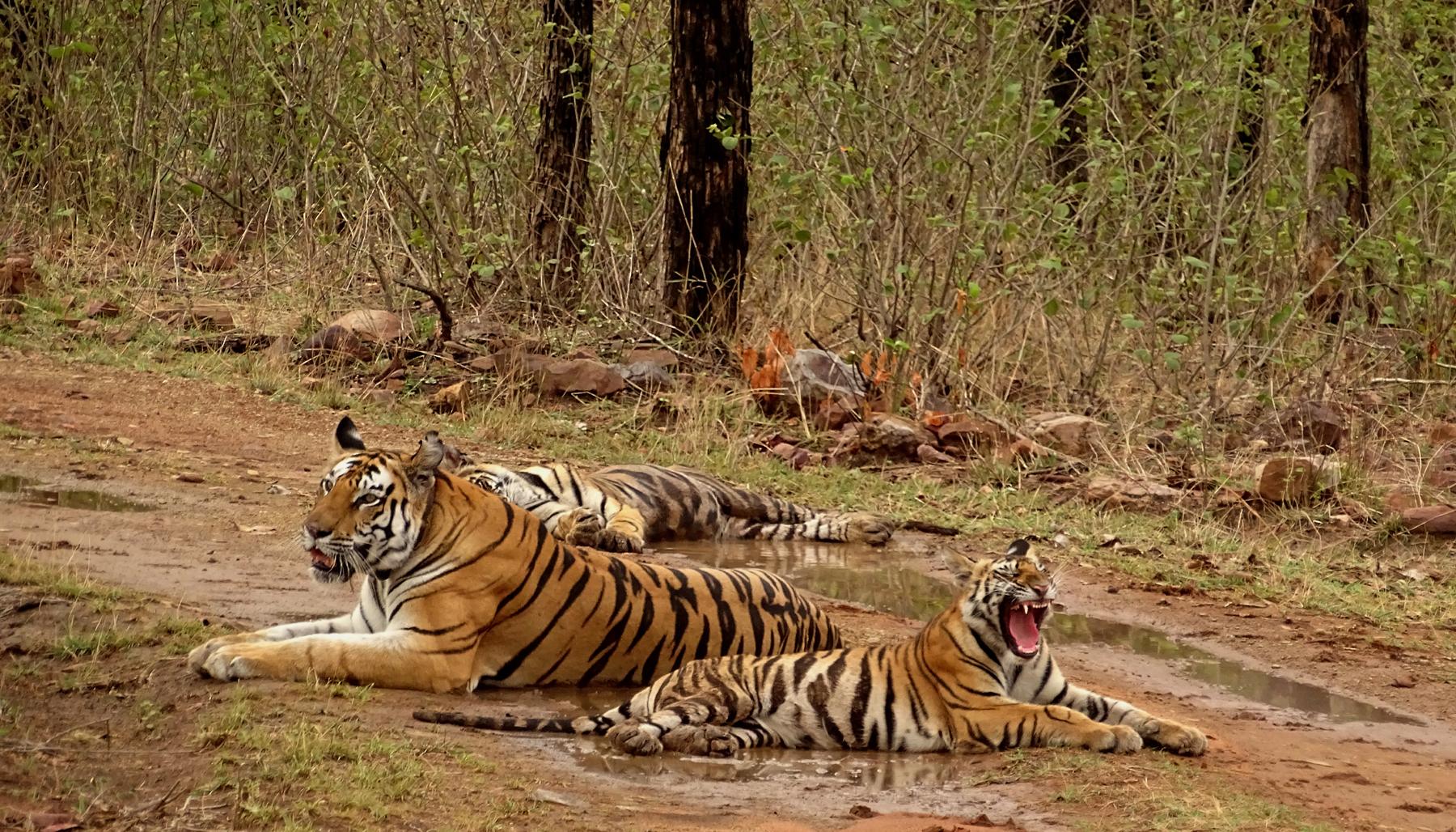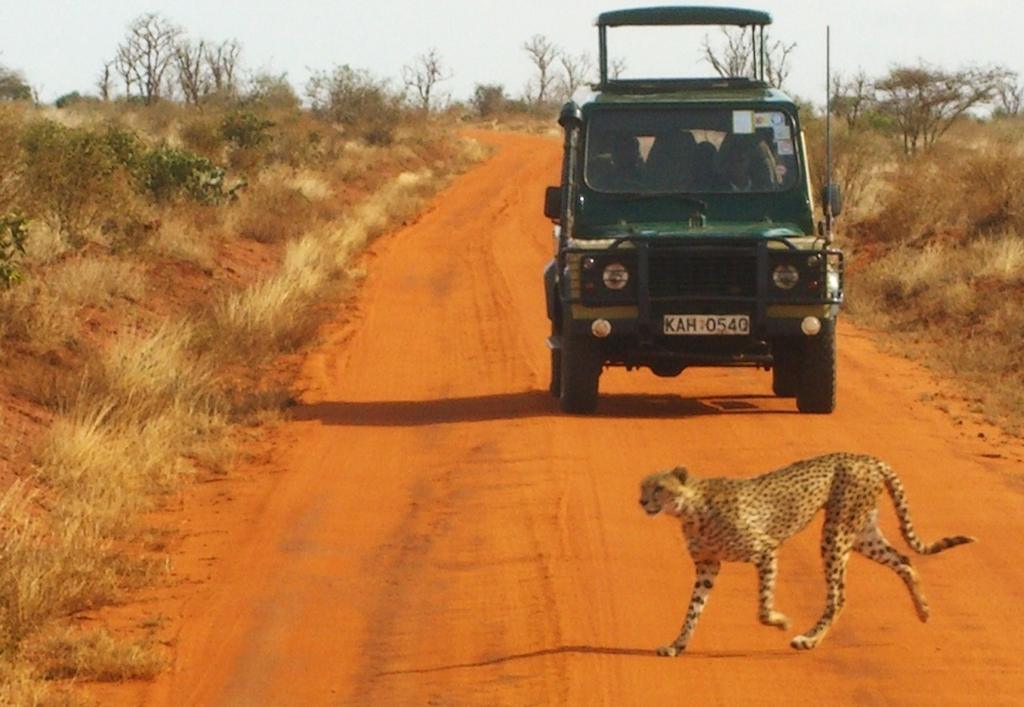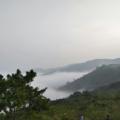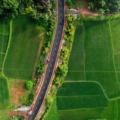Panna National Park: A Complete Guide to Madhya Pradesh’s Tiger Reserve

Imagine a forest where tigers stride through tall grasses, leopards melt into rocky cliffs, and the Ken River carves its way through gorges before tumbling into roaring waterfalls. That’s Panna National Park, a lesser-known but truly spectacular wildlife sanctuary in Madhya Pradesh. Often overshadowed by its famous neighbours like Kanha and Bandhavgarh, Panna has its own quiet magic. It’s not just about spotting big cats on a jeep safari; it’s about listening to the forest breathe, watching antelopes race across meadows, and stumbling upon hidden gems like Raneh Falls or the nearby Khajuraho temples. Small in size but rich in wonders, Panna National Park is where wilderness, history, and adventure come together in the most unforgettable way.
In this Blog
About Panna National Park
Declared a national park in 1981 and later a tiger reserve in 1994, Panna National Park has grown into one of the most significant wildlife destinations in Madhya Pradesh. Once a prime hunting ground of the Bundela rulers, today it stands as a thriving haven for biodiversity. Panna gained international recognition in 2009 when it became a part of Project Tiger, and ever since, the park has successfully revived its tiger population through dedicated conservation efforts.
Recognition as a UNESCO Biosphere Reserve
In 2020, UNESCO declared Panna as a Biosphere Reserve, acknowledging its ecological importance and role in conserving endangered species. This recognition isn’t just a label but a testament to the park’s rare wildlife, diverse ecosystems, and sustainable tourism practices. The UNESCO tag also draws global travellers, making Panna a must-visit destination for anyone interested in responsible wildlife tourism.
Location & Geography
Sprawled over 542 sq. km, Panna National Park lies in the Vindhya mountain ranges of Madhya Pradesh, just 25 km from the famous Khajuraho temples. The park’s landscape is a fascinating mix of plateaus, gorges, teak forests, and grasslands, all brought to life by the Ken River, which flows right through its heart. This unique geography creates the perfect habitat for predators, prey, and migratory birds, making Panna one of the most scenic and diverse national parks in central India.
Wildlife in Panna
The true highlight of any safari in Panna National Park is the chance to spot a majestic tiger. After a successful reintroduction programme, the tiger population here has steadily risen, making it one of the best places for a tiger safari in Madhya Pradesh. Leopards are equally elusive and exciting, often seen around rocky outcrops and dense forests, adding to the thrill of the wild.
Beyond big cats, Panna is home to a fascinating mix of mammals. You may catch sight of a shaggy sloth bear rummaging for termites, a pack of wolves hunting in the grasslands, or graceful chinkaras (Indian gazelles) sprinting across the meadows. The park is also one of the last strongholds of the critically endangered gharial, a fish-eating crocodile found along the Ken River.
For bird lovers, Panna National Park is a dream come true. With 200+ recorded species, the park welcomes both residents and migratory birds. From the Indian vulture and bar-headed goose to paradise flycatchers and honey buzzards, every safari here is a visual and melodic treat for birdwatchers.
Things to Do in Panna National Park

1. Jeep Safari Experience
The most popular way to explore Panna National Park is through a jeep safari. Guided by trained naturalists, these safaris take you deep into the jungle, offering chances to spot tigers, leopards, and countless other species. Safaris run twice daily, morning and evening, and each ride gives you a completely new perspective of the forest.
2. Night Safari
For those who want to see the forest come alive after sunset, the night safari in Panna is a unique experience. Armed with spotlights, you can witness nocturnal animals like jackals, civets, porcupines, and sometimes even predators on the hunt. It’s an adrenaline-pumping way to discover the lesser-seen side of the jungle.
3. Boat Rides on Ken River
The Ken River is more than just a lifeline for Panna. It’s also a hub of adventure. Boat rides on the Ken River offer a chance to spot gharials basking on the banks, crocodiles lurking in the waters, and birds hovering overhead. It’s the perfect mix of serenity and thrill.
4. Visit to Raneh Falls & Pandav Falls
While wildlife is the main draw, the dramatic waterfalls of Panna steal the show too. Raneh Falls, often called the “Grand Canyon of India,” is a breathtaking gorge with cascading water surrounded by volcanic rock formations. Pandav Falls, linked to the legends of the Mahabharata, is another must-visit with its serene pools and mythological charm.
5. Nature Trails & Photography
If you prefer to explore on foot, Panna offers guided nature trails that let you soak in the finer details of the forest — the rustle of leaves, the call of a bird, the texture of ancient rocks. For photographers, whether it’s a tiger emerging from the shadows or the sunset over the Ken River, Panna National Park is a goldmine of breathtaking frames.
Best Time to Visit Panna National Park

When planning your trip, timing is everything. The park changes dramatically with the seasons, offering different experiences year-round.
Summer (March to June): Summers in Panna National Park can be scorching, with temperatures touching 40°C. But this is actually a great time for wildlife sightings, as animals gather near water sources. If spotting tigers is your top priority, summer safaris increase your chances.
Monsoon (July to September): The park remains closed during monsoon due to heavy rains and breeding season for animals. However, the surrounding region, with lush greenery and waterfalls like Raneh Falls, looks absolutely magical.
Winter (October to February): Considered the best season to visit Panna National Park, winters are pleasant and ideal for safaris. The crisp mornings, comfortable afternoons, and active wildlife make this period the peak safari season.
If you’re looking for the perfect blend of comfort and wildlife sightings, October to March is the best time for jungle safari in Madhya Pradesh.
Safari Zones & Timings
Panna is divided into multiple safari zones, each offering a different landscape and wildlife experience:
- Madla Zone: The most popular entry point, located near Khajuraho, known for higher chances of spotting tigers and leopards.
- Hinauta Zone: Famous for its rocky landscapes, plateaus, and panoramic views.
- Akola Zone: Lesser explored, offering a quieter safari experience.
- Jhinna Zone: Known for its night safari option.
Safari Timings
- Morning Safari: Usually from sunrise till around 11:00 AM.
- Evening Safari: From around 3:00 PM till sunset.
Timings may shift slightly depending on the season, so always check beforehand.
Entry Permits & Booking Tips
Permits for Panna National Park safaris must be booked in advance, either online through the Madhya Pradesh Forest Department website or at the entry gates. Since the number of vehicles allowed per zone is limited, it’s advisable to book your permits at least a few weeks in advance during peak season.
How to Reach Panna National Park
By Air
The nearest airport to Panna National Park is Khajuraho Airport (25 km away), which is well connected to Delhi and Varanasi. Another option is Jabalpur Airport (around 250 km), with wider connectivity.
By Train
The closest railway stations are Khajuraho (25 km), Satna (75 km), and Jhansi (180 km). Satna is the most convenient option as it lies on the main Delhi–Mumbai rail line.
By Road
Panna is well connected by road to major cities of Madhya Pradesh. You can easily drive or hire a taxi from Khajuraho, Satna, Jabalpur, or Bhopal. State-run buses also operate on this route, though private taxis are the most convenient.
Places to Visit Near Panna
If you have extra days, extend your trip beyond the park:
- Khajuraho Temples: Just 25 km away, these UNESCO World Heritage temples are world-famous for their exquisite sculptures and intricate carvings.
- Ken Gharial Sanctuary: Located close to Panna, this sanctuary is home to the rare and endangered gharial crocodile. Boat rides here are a unique experience.
- Ajaygarh Fort: A hidden gem perched on a hilltop with sweeping views of the region. Perfect for history lovers.
- Kalinjar Fort: A majestic fort with ancient temples and battle-scarred walls, narrating tales from the Chandela dynasty.
Travel Tips & Essentials
- Safari Rules & Etiquette: Follow park rules strictly. Don’t litter, avoid loud noises, and never step out of the jeep during safaris. Respect the wildlife and the natural habitat.
- What to Pack: Carry light cottons for summer, warm layers for winter mornings, a hat, sunglasses, sunscreen, binoculars, and a good camera for photography.
- Health & Safety: Stay hydrated, carry insect repellent, and always book safaris with certified guides and drivers. Medical facilities are limited, so carry necessary medications.
Panna National Park may not be the largest or most famous in Madhya Pradesh, but it is certainly one of the most enchanting. From tiger safaris and boat rides on the Ken River to exploring nearby Khajuraho temples and Raneh Falls, this park promises an experience that blends wilderness, history, and adventure. With its UNESCO Biosphere Reserve status, thriving wildlife, and scenic beauty, Panna isn’t just a national park, it’s a reminder of why we must preserve these wild treasures for generations to come. If you’re planning your next jungle escape, Panna deserves to be right at the top of your list.
Cover Image Credits: Mehaknoni via Wikimedia





